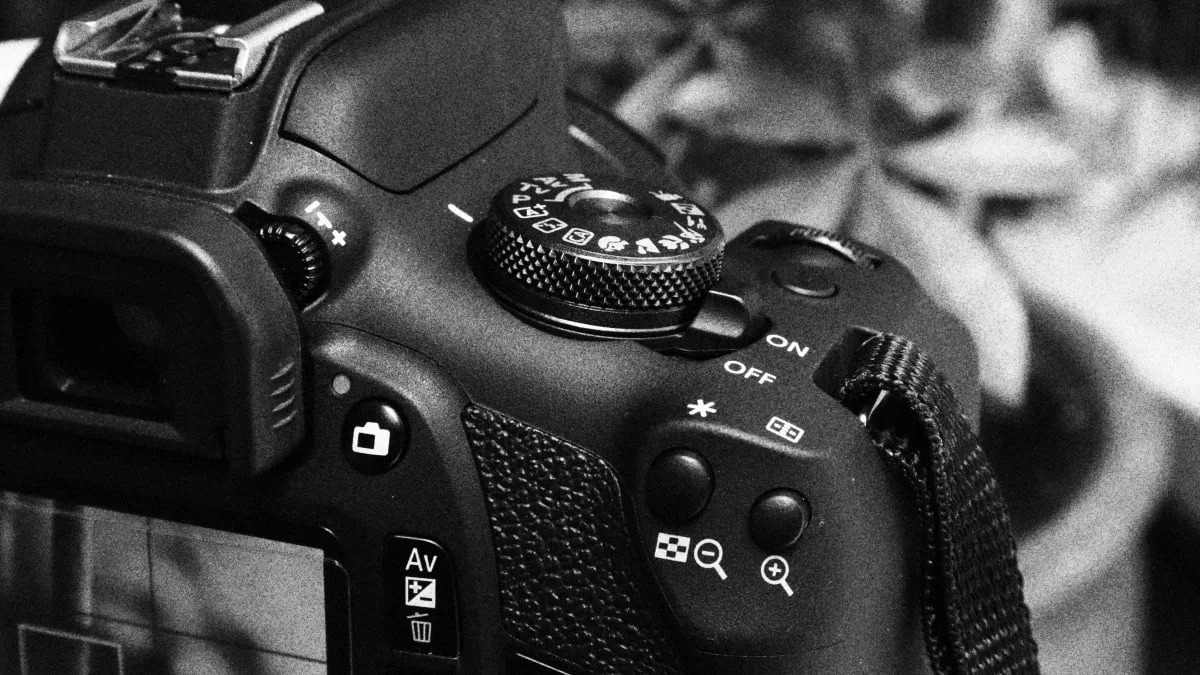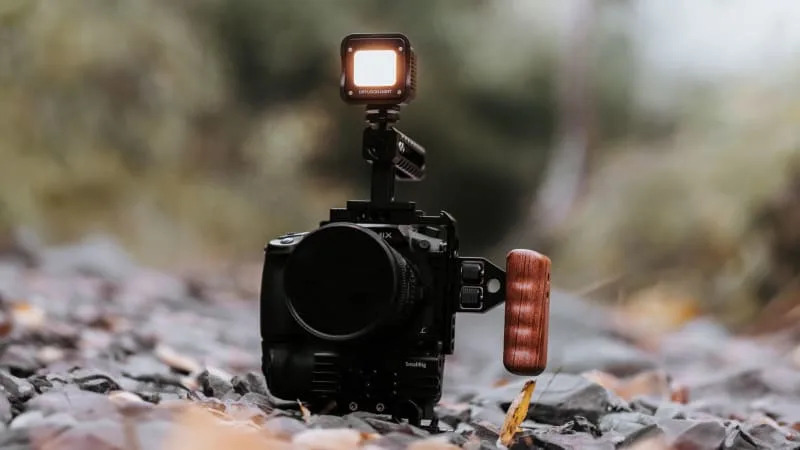Autoblog may receive a share from purchases made via links on this page. Pricing and availability are subject to change.
Photographing your car at night using long-exposure techniques is a captivating way to showcase the beauty, power, and elegance of your vehicle. Long-exposure photography allows you to create mesmerizing images that highlight the play of light, emphasize details, and craft a mood that's hard to achieve during daylight hours. In this comprehensive guide, we will delve into the art of capturing awesome photos of your car at night using long-exposure photography techniques.
Equipment and preparation
Peak Design Travel Tripod - $379.99
Before you head out to capture those breathtaking nighttime car shots, it's important to have the right equipment and be prepared for the shooting session:
- Camera: Use a digital camera that supports manual mode settings and long-exposure capability. A DSLR or mirrorless camera is ideal for this type of photography.
- Lens: A wide-angle lens is generally preferred for car photography to capture the entire car and its surroundings. However, a prime lens with a larger aperture can also work wonders for isolating specific details.
- Peak Design Travel Tripod: A sturdy tripod is essential to keep your camera steady during long exposures and avoid camera shake. The Peak Design model shown above is hands down the best travel tripod I've ever used, and I've used plenty. It is lightweight at under 3.5 pounds for the aluminum version I use, packs down to the size of a water bottle and has more features than any of my other travel tripods. It comes in both aluminum and carbon fiber.
- Remote shutter release: Using a remote shutter release or the camera's built-in timer can further eliminate camera shake caused by pressing the shutter button.
- A light or flashlight: A flashlight can be handy for painting light onto specific areas of the car during the exposure.
- Location scouting: Research potential locations for shooting. Look for interesting backgrounds, well-lit areas, and unique angles.
Mastering the settings
Understanding and mastering the camera settings is crucial for achieving exceptional nighttime car photos:
- Manual mode: Switch your camera to manual mode so you have full control over settings like aperture, shutter speed, and ISO.
- Low ISO: Start with a low ISO setting (e.g., ISO 100 or 200) to reduce noise in your images.
- Aperture: I use a variety of apertures depending on what I want the shot to look like. Using a mid-range aperture (e.g., f/8 to f/11) ensures both the car and the background remain sharp.
- Shutter speed: This is where the magic happens. For long-exposure shots, set the shutter speed to a few seconds or even minutes. Experiment with different durations to get the desired effect.
Composition and framing
The composition plays a pivotal role in the visual appeal of your nighttime car photos:
- Foreground and background: Incorporate interesting foreground elements and background settings to enhance the overall scene.
- Leading lines: Utilize roads, bridges, or other elements to guide the viewer's eyes toward the car.
- Rule of thirds: Apply the rule of thirds to balance the car and its surroundings for a visually pleasing composition.
- Reflections: Utilize reflective surfaces, such as puddles or wet pavement, to add dimension and drama to your shot.
Light painting
Lume Cube 2.0 - $89.99
Light painting involves using a flashlight or other light source to selectively illuminate certain areas of the car during a long exposure. For this, I use the Lume Cube 2.0 light pictured above. It is packed full of features, including a specific long-exposure mode, is waterproof, so I don't have to worry about it out in the weather and can be controlled by my phone via Bluetooth.
- Technique: With a long exposure in progress, use a flashlight to "paint" light onto specific parts of the car. This highlights details and adds depth to the image.
- Experimentation: Try different angles, intensities, and colors of light to create unique effects.
Safety and etiquette
While capturing stunning nighttime car photos, safety and respect for the environment are paramount:
- Safety: Always be cautious of your surroundings. Avoid shooting in busy traffic areas and prioritize safety at all times.
- Minimal disturbance: Be mindful of noise levels in residential areas and avoid disturbing the peace while shooting.
Post-processing
After capturing your shots, a touch of post-processing can further enhance their impact:
- Noise reduction: Use noise reduction tools to mitigate noise that might have crept in due to longer exposures.
- Color correction: Adjust the color temperature and tones to achieve the desired mood and atmosphere.
- Contrast and sharpening: Enhance contrast and apply sharpening subtly to make your image pop.
Mastering long-exposure photography for nighttime car shots is a rewarding journey that allows you to showcase your vehicle's beauty in a whole new light — literally. By combining the right equipment, camera settings, composition techniques, and post-processing skills, you'll be well on your way to capturing awe-inspiring images that showcase your car's elegance, power, and allure against the backdrop of the night. Remember to practice, experiment, and above all, enjoy the process of creating automotive art that tells a story all its own.
Related video:






Sign in to post
Please sign in to leave a comment.
Continue